
Do we need dental sealants for our teeth? Do you want to prevent tooth decay? Everyone knows that brushing and flossing are the usual ways that help to prevent cavities. But is this method alone enough to clean the back teeth or molars which have rough surfaces and uneven edges? Though brushing and flossing help to remove plaque and food particles, the molars at the back of the mouth have grooves and depressions which are hard to reach and which hide the leftover food and other debris.
With the fact that toothbrushes cannot reach every nook and cranny in the mouth, dental sealants complete the protection level for the teeth. As extra protection, dental sealants safeguard the pitted and grooved depressions in the teeth. Being a protective coating made from dental materials and plastic, sealants prevent cavities from forming. Sealants are even capable of stopping the early stages of decay from transforming in to a full-blown cavity.
The Benefits of Dental Sealants
Dental sealants are applied to the chewing surface of the teeth in the back area of the mouth which has been known to reduce the risk of decay by almost 80%. It has been known that school-aged children who do not have sealants are more prone to cavities than children who have sealants. Dental sealants are made from thin plastic and is coated or painted on the chewing or occlusal surface of the premolars and molars.
With cavity-causing bacteria which is found in the mouth which acts on the leftover food particles, acids are produced which create cavities and holes in the teeth. When the sealant is applied, it keeps the food at bay and prevents the acids and bacteria from harming the teeth. As the sealant bonds into the grooves or fissures and depressions of the teeth, it forms a shield which protects the enamel of each tooth from decay.
Sealants are like an umbrella over the teeth which keep them safe and dry away from the storm which the bacteria cause. Both adults and children can benefit from the sealant. A child’s first molars appear at the age of six and the second set forms at the age 12. When the teeth are sealed as soon as the molars appear, the sealant can keep them cavity free. It would be a good idea if you can ask the dentist if sealants can protect the teeth of your children. This can help you save money and time while the teeth are safe and shielded from injury.
More About Sealants
Sealants are a great option to protect the teeth. They are painless with a fast application. The process consists of cleaning and drying the surface of the tooth before the placement of an acidic gel. This gel makes the tooth surface rough so that a powerful bond forms between the sealant and the tooth. The dentist will then rinse the gel and dry the tooth again before applying the sealant on the fissures or grooves of the tooth. A particular blue light is used to harden the sealant.
Sealants can be placed over cavities and any decayed area of the tooth which will prevent further damage. There are no manifested side effects which may result because of the sealant. Though there may be a very small amount of Bisphenol A or BPA in the sealant, it will not cause any harm to adults or children. Sealants will last for a very long time. If the sealant needs to replaced, the dentist will examine the teeth and re-apply the sealant if needed.

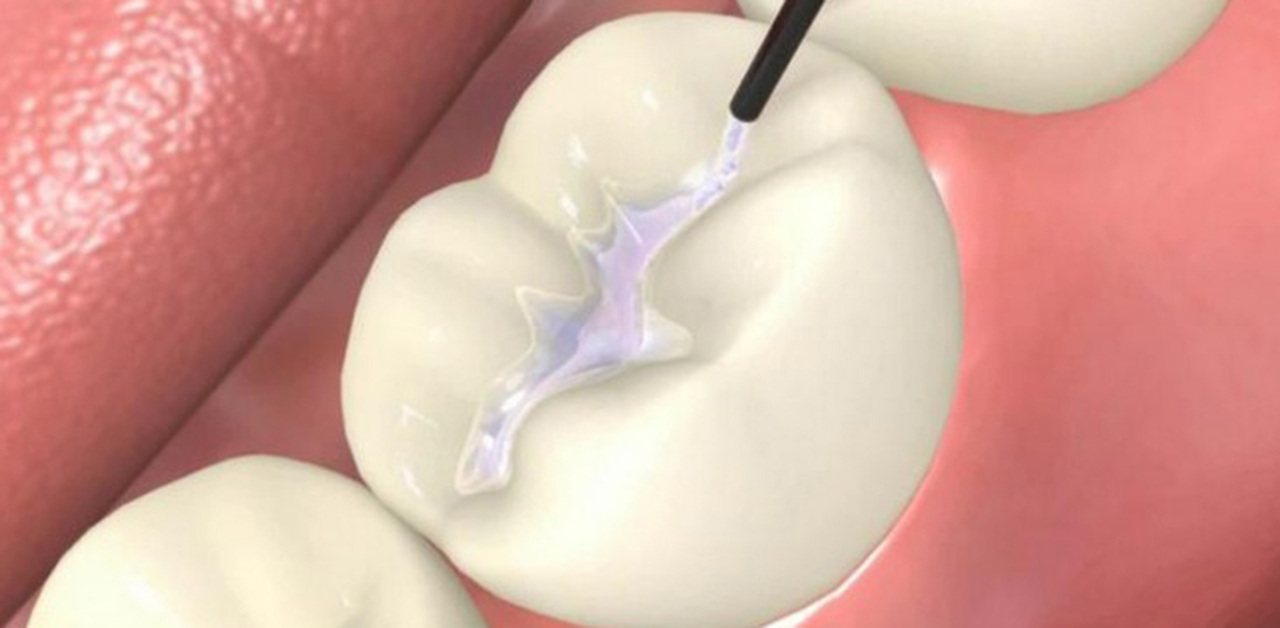





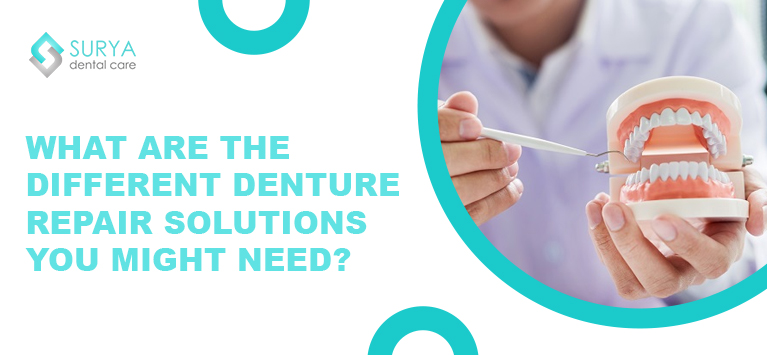
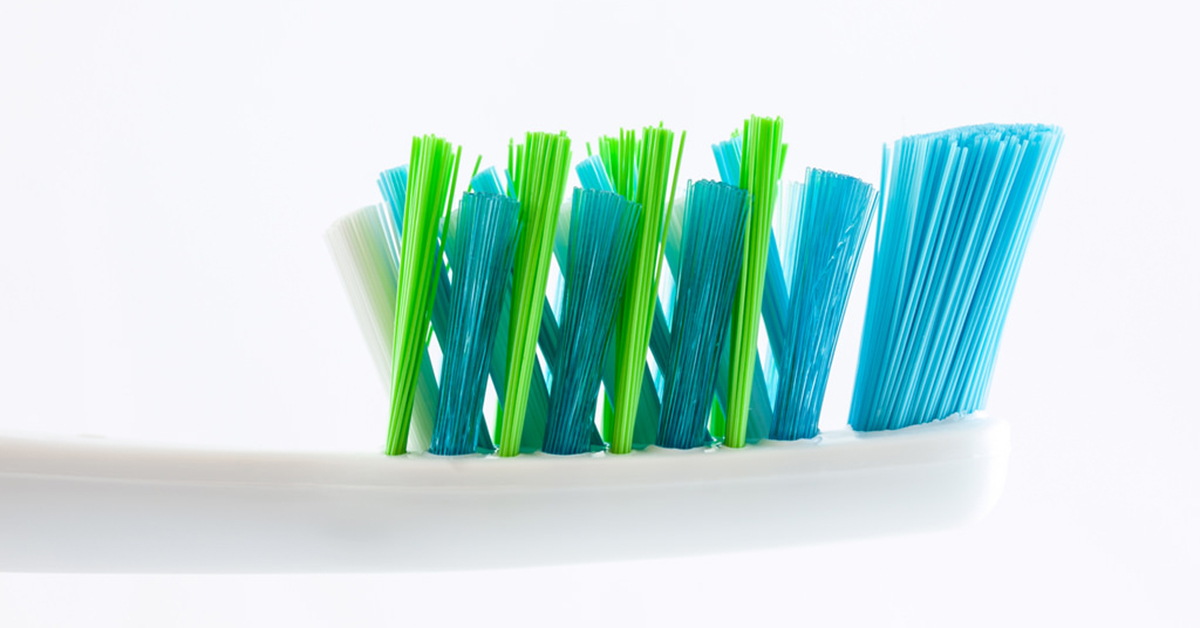

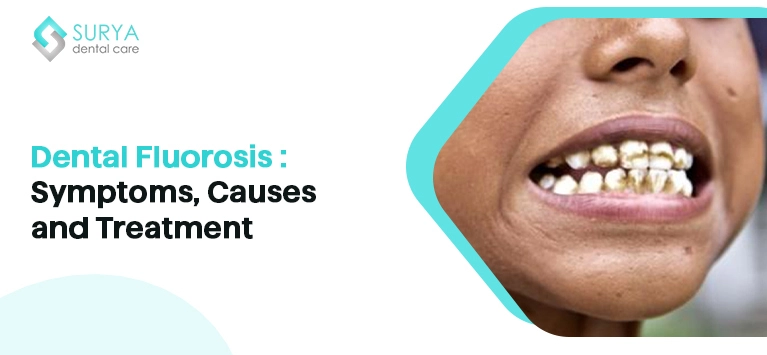



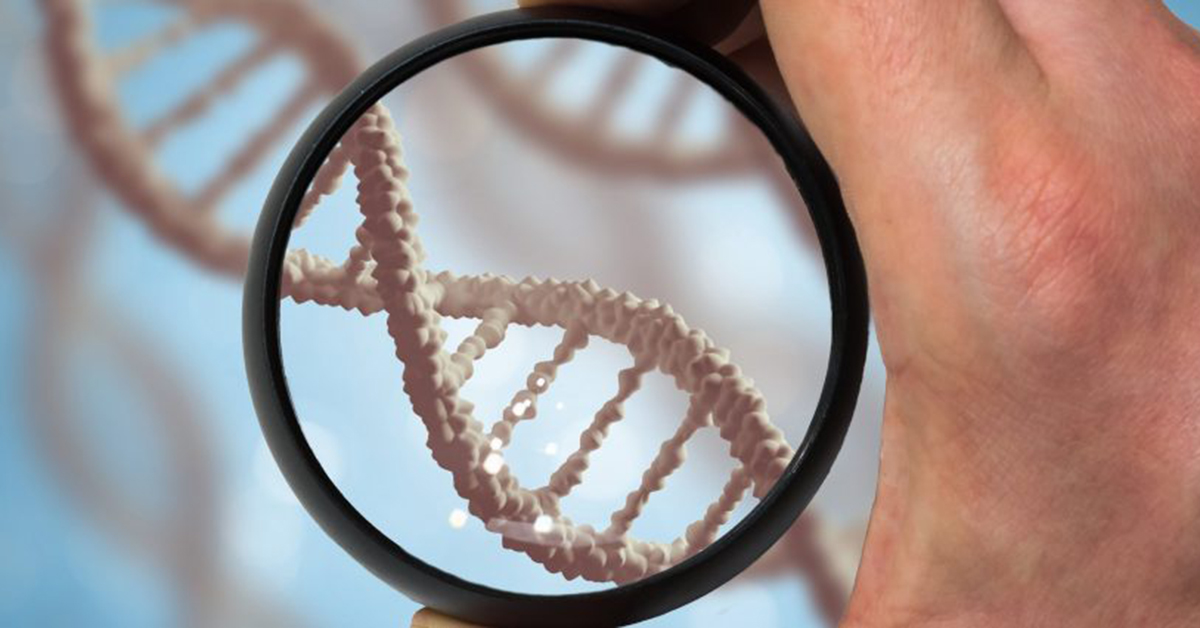
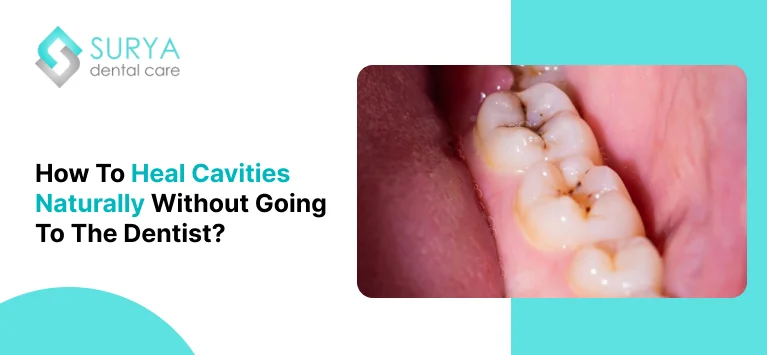
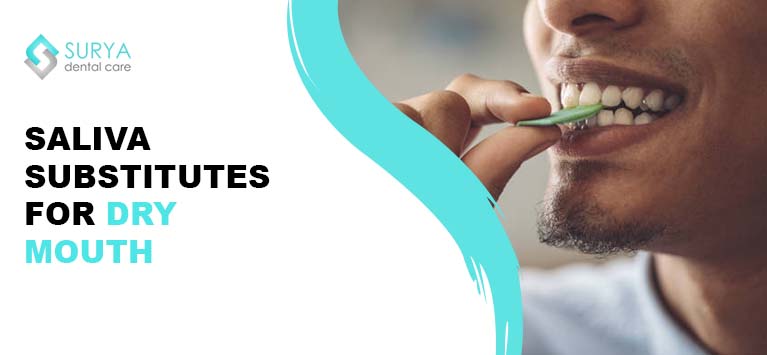



Leave a Comment